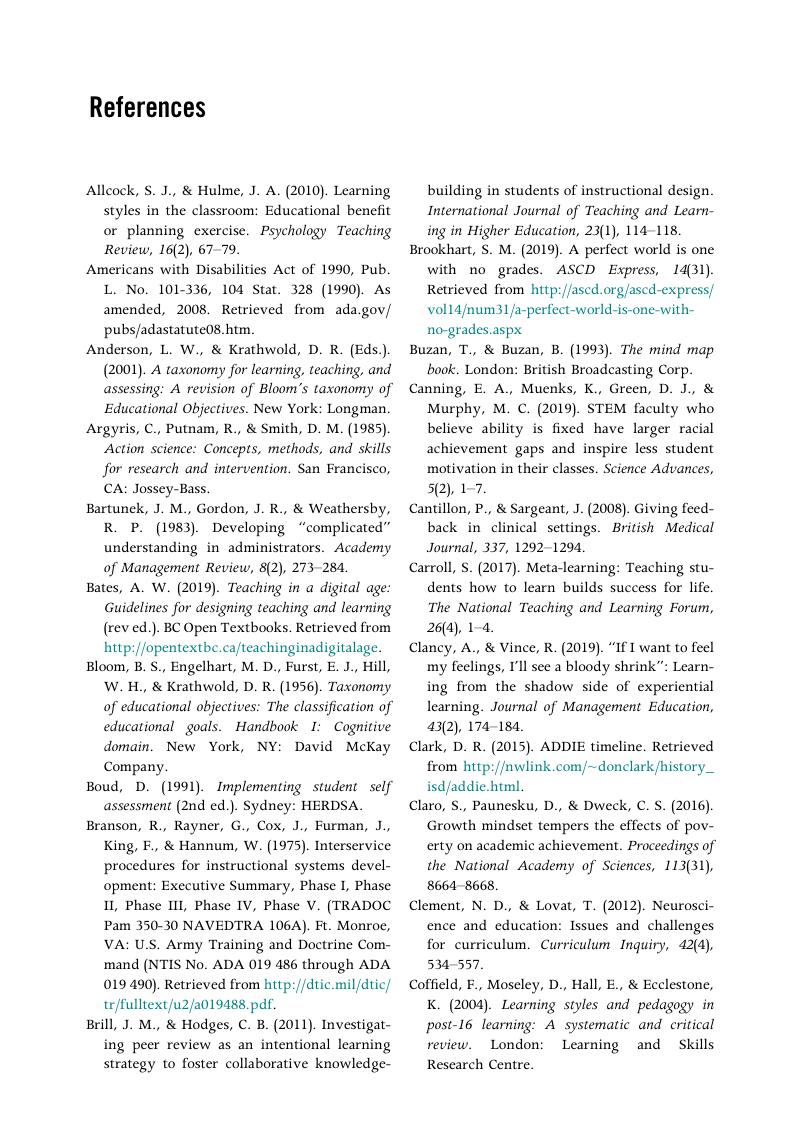References
Published online by Cambridge University Press: 26 May 2020
Summary

Information
- Type
- Chapter
- Information
- The New Roadmap for Creating Online CoursesAn Interactive Workbook, pp. 222 - 226Publisher: Cambridge University PressPrint publication year: 2020
